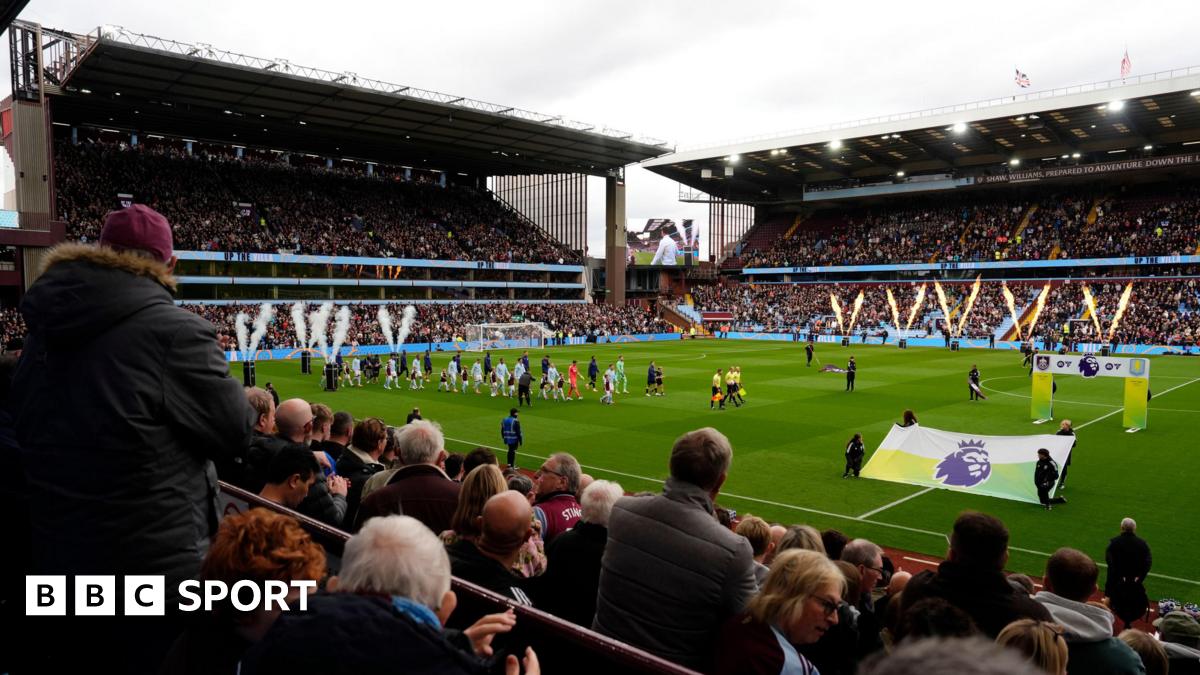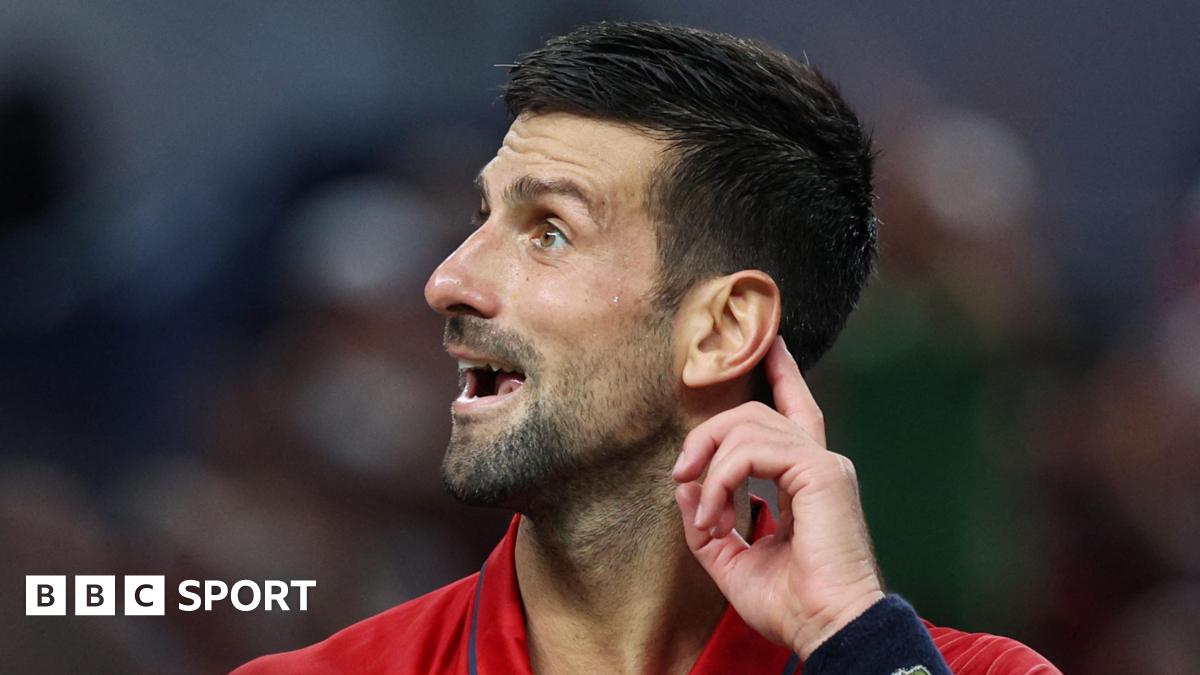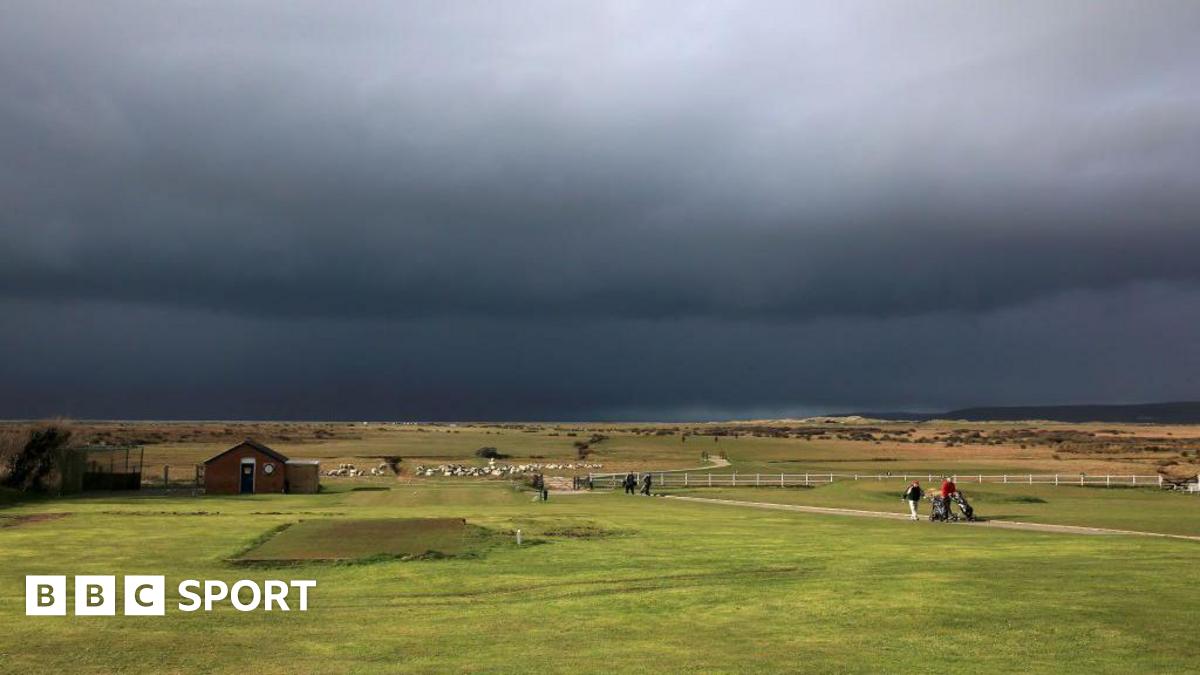The United States Grand Prix is the second race in succession to be declared a "heat hazard" under Formula 1's rules.
Temperatures at the Circuit of the Americas in Austin, Texas, are forecast to be more than 31C during both the sprint race on Saturday and the grand prix on Sunday.
This triggers a heat index which governing body the FIA uses to define potentially dangerous conditions for drivers.
The temperatures are out of the ordinary for the US Grand Prix - Texas is going through a mid-October heatwave, external that is making conditions more akin to summer than autumn.
The 'heat hazard' designation - which is new this year - triggers a rule that gives drivers the option of wearing cooling vests in their cars.
For this season, the cooling vests are optional, and some drivers, such as four-time world champion Max Verstappen, do not like them because they consider them uncomfortable and flawed.
Williams driver Alex Albon said it was a "polarising subject", between "the old-school and new-school mentality", but that the cooling vest was "a good thing".
Referencing the Singapore Grand Prix on 5 October, he added: "As a team we've done a really good job with the cooling system. It works well on our car, it's comfortable. The first 20 laps of the race I was actually cold rather than hot, which was definitely a new thing for me.
"In a weird way I think we see it as an advantage as a team because if we've got drivers that are fresher at the end of the race then surely that's performance."
But Albon said he did not know whether the system would be necessary in Austin this weekend.
"Humidity is always a struggling factor," Albon said. "Getting your skin to breathe with all the fireproofs that we have on our car and all these kind of things.
"When it's dry heat, and this doesn't feel that humid out there at the moment, it's relatively comfortable for us."
Mercedes driver George Russell wore the vest when he won in Singapore in hot and humid conditions on 5 October.
If the driver chooses not to wear the vest, his car must carry 500 grams of ballast to compensate for the weight of the system so he does not gain a competitive advantage.
The system, which teams can make to their individual designs, typically features a liquid such as glycol pumped through a tank of dry ice and through the driver's fireproof top.
Issues with the system include the dry ice running out. This leads to liquid at car temperature, which is hotter than ambient temperature, being pumped through the system.

 4 hours ago
1
4 hours ago
1














































